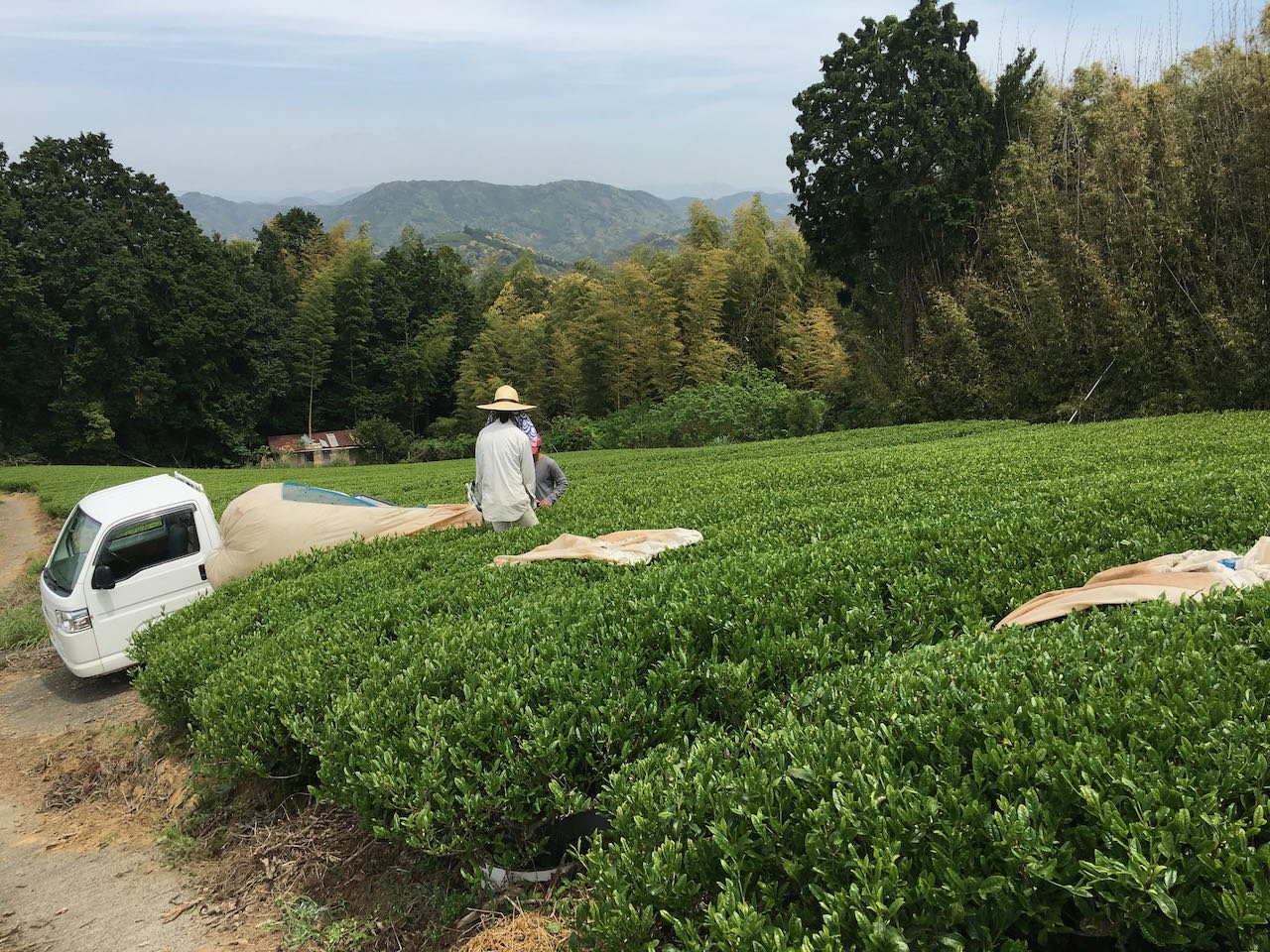Yomiuri Shimbun reported on Feb 21 that Japanese tea production declined a dramatic 15% in 2020 from the previous year to 69800 tons according to statistics provided by the Japanese Ministry of Agriculture, Forestry and Fisheries.
Shizuoka Prefecture retains the top spot as Japan's largest producer of tea with 25200 tons produced according to government data. This title has been held by the prefecture since 1959 when 47900 tons were produced. However, while Shizuoka has much more land dedicated to tea production than Kagoshima, the #2 producer (13700 hectares vs 7970 hectares), Kagoshima producers have invested in recent decades in greater mechanization of tea cultivation and production allowing it to produce tea more efficiently.
Flatter, more expansive tea fields in Kagoshima allow the use of more efficient tractor-style machinery in the fields, and to accommodate growing need for mass produced tea for the bottled tea industry, larger scale factories are more common in the prefecture. 97.5% of Kagoshima farms utilize tractor style harvesting machines vs 65.8% in Shizuoka according to the Yomiuri article. This year, Kagoshima produced 23900 tons or 34% of total tea production in Japan vs Shizuoka's 36%.
As Japan's general population switches from leaf to bottled tea, the average price of tea continues to decline at wholesale, though the average price of Japanese green tea that is exported has risen steadily along with total export volume (6.4% of total production in 2019 according to the Ministry of Agriculture, Forestry and Fisheries). The trends in the export of Japanese tea reflects a growing demand among foreign tea consumers, and a growing awareness of higher quality.
Feature image: Harvesting tea at NaturaliTea, Fujieda, Shizuoka


